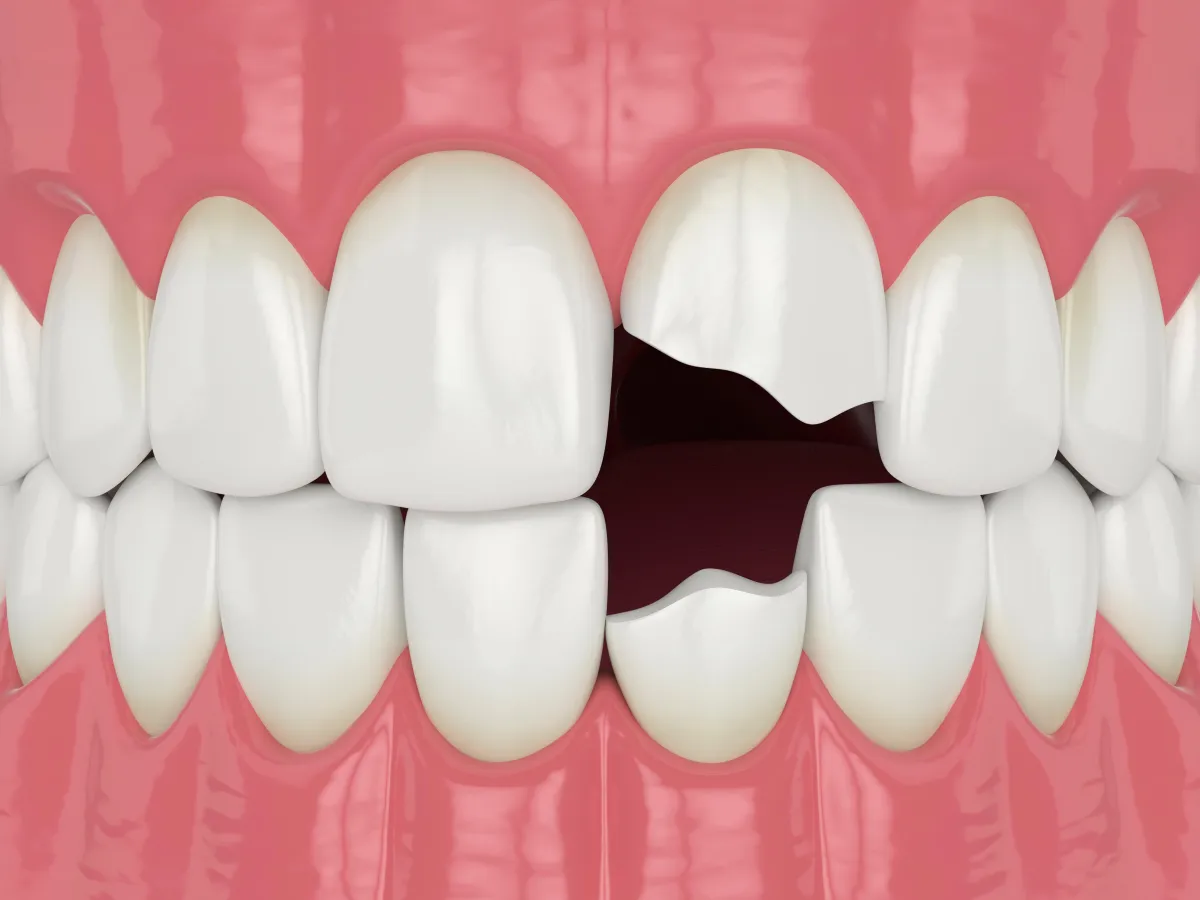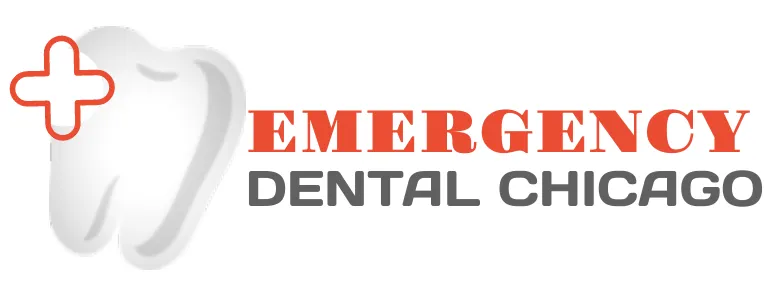Emergency Broken Tooth Repair Chicago
Fast, professional repair for chipped, cracked, or broken teeth—available the same day to protect your smile and preserve your natural tooth.
Common Types Of Broken Tooth
Tooth damage can happen unexpectedly—from biting something hard to suffering an injury or untreated decay. Understanding the type of break is key to getting the right treatment. Here are the most common types of broken teeth:
Cracked Tooth
A crack usually runs vertically from the chewing surface toward the root.
Chipped Tooth
A small piece of the enamel breaks off—often painless but noticeable.
Fractured Cusp
This occurs when a piece of the chewing surface breaks off, often around a dental filling.
Split Tooth
A severe crack that splits the tooth into distinct segments.
Vertical Root Fracture
This type of fracture begins in the root and may extend upward.
Broken Tooth from Trauma or Decay
Teeth can break due to accidents or from weakened structure due to cavities.
Emergency Abscess Treatment Options
Dental abscesses are serious infections that require immediate care. Our emergency treatment focuses on quickly relieving pain, eliminating infection, and preventing it from spreading.
Rinse Your Mouth Gently
Start by rinsing your mouth with warm water to remove blood, debris, or bacteria. This helps keep the area clean and reduces the risk of infection.
Stop the Bleeding
If there’s bleeding, apply gentle pressure using a clean piece of gauze or cloth. Hold it in place for 10–15 minutes or until bleeding slows.
Save Any Broken Pieces
If a part of your tooth has broken off, store it in milk or saliva, or wrap it in damp gauze. Your dentist may be able to reattach it depending on the break.
Apply a Cold Compress
Place a cold compress on the outside of your cheek near the broken tooth to reduce swelling and numb pain. Use 15-minute intervals to avoid skin irritation.
Call an Emergency Dentist Immediately
Prompt treatment is crucial to prevent infection, save the tooth, and relieve pain. A dental professional can assess the damage and provide same-day care such as bonding, a crown, or extraction if needed.

Common Types Of Broken Tooth
Tooth damage can happen unexpectedly—from biting something hard to suffering an injury or untreated decay. Understanding the type of break is key to getting the right treatment. Here are the most common types of broken teeth:
Dental Bonding
A tooth-colored resin is applied and shaped to restore the tooth’s appearance and function.
Best for: Small chips or cracks
Dental Crowns
A dental crown (cap) may be placed over it to protect the tooth structure and restore function.
Best for: Moderate to severe breaks or fractures
Veneers
Porcelain veneers cover the front surface of the tooth and are custom-made for a perfect fit.
Best for: Front teeth with cosmetic damage
Root Canal Therapy
A root canal is necessary to remove the damaged tissue and prevent further infection.
Best for: Damage that exposes the nerve or pulp
Tooth Extraction
In cases where the tooth is broken below the gumline or cannot be saved, an emergency tooth extraction may be required.
Best for: Severely broken or unsalvageable teeth
Temporary Filling or Crown
Some emergency dental clinics may place a temporary filling or crown to protect the tooth until a permanent restoration can be completed.
Best for: Quick relief when time is limited
Don’t Wait—Get Same-Day Emergency Dental Care
Prompt repair can prevent infection, relieve pain, and save your tooth.
Open 24 Hours • Same-day Appointments • Professional Emergency Solutions
Emergency Dental Clinics Of Chicago
Providing 24/7 immediate dental care to Chicago neighborhood.
24/7 Emergency Support
(877) 462-0628
Contact us for any of your inquiries regarding emergency dental.
© 22025 Emergency Dental Clinics Of Chicago. All rights reserved.
